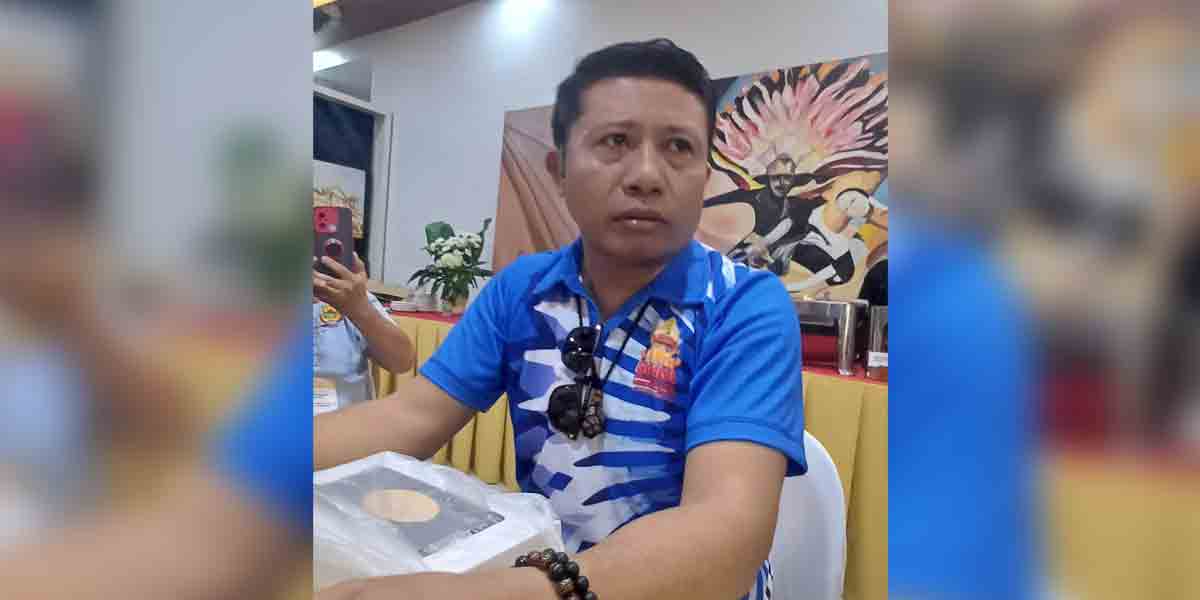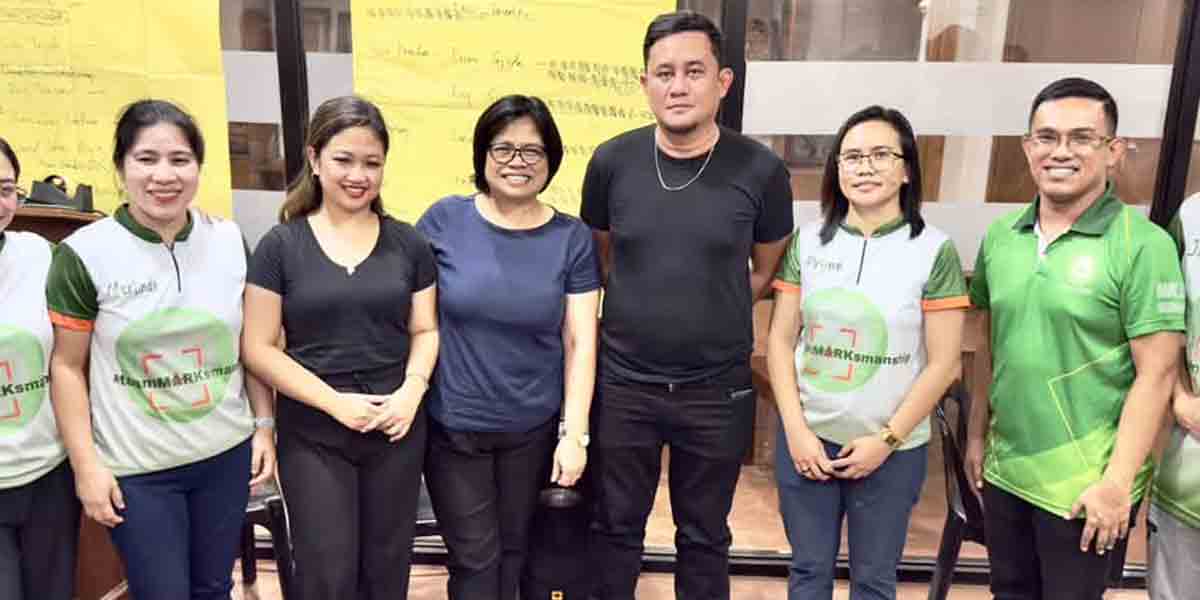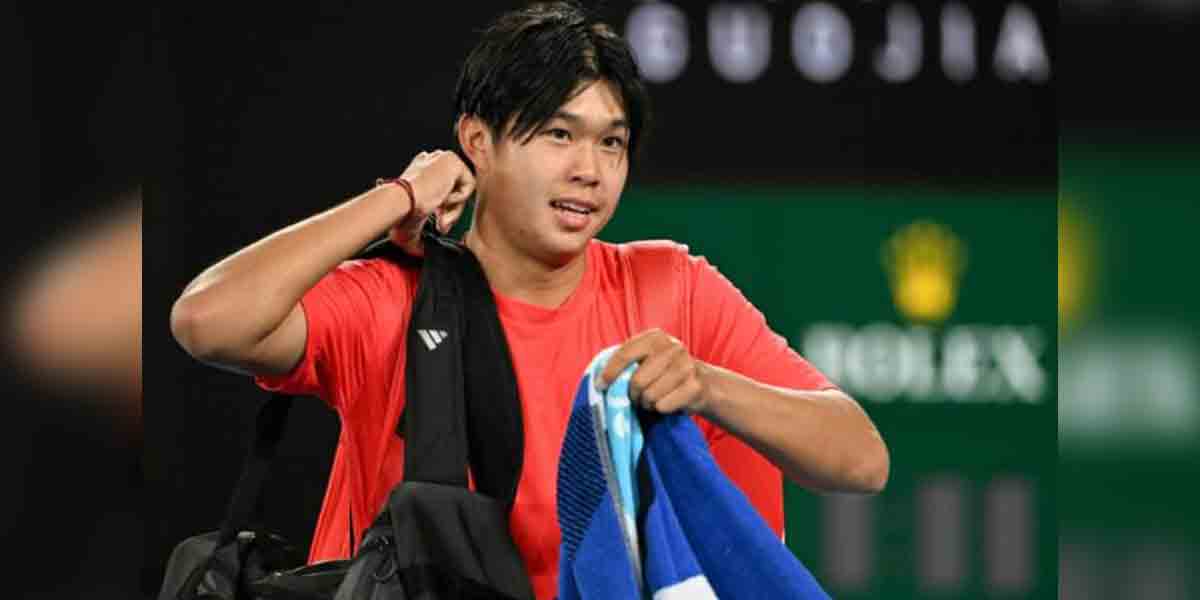By Ted Aldwin Ong
It’s hard to overstate the impact of Gilopez Kabayao. Seven decades of concertizing in various parts of the world and a tireless musical crusade across towns and cities in Luzon, Visayas, and Mindanao will make you quip—whatta life!
However, we cannot help but think of the sordid question, which has been asked of me numerous times: how old is he and can he still play the violin? Definitely! Now approaching a heavenly sanctified age of 95, the self-effacing Filipino violin virtuoso can simply make the “1724 ‘Dolfus’ Stradivarius sing with haunting beauty”—borrowed words stamped on stone by the Southland Time of New Zealand 63 years ago.
I first heard the name Gilopez Kabayao from my late grandfather, who was a Protestant church minister. Pointing at the paper he was reading (for he was reading most of the time), he remarked: This Mr. Kabayao is a national artist in the making; he is a quintessential Christian violinist. I could barely comprehend what it meant then. My grandfather went on to embrace his Creator in the early 1990s, and that remark some four decades or so ago was absconded to oblivion.
Yet fate resurrected impressions in my consciousness upon the invitation of the bénovéle Joy de Leon and the esteemed civic and community leader Ma. Luisa Segovia of the Iloilo Dinagyang Foundation, Inc., to become part of the committee formed to help deliberate and prepare the requirements for Kabayao’s nomination to the Order of National Artists.
The Order of National Artists is the highest recognition bequeathed to a Filipino artist in appreciation and acknowledgment of their significant contribution to the development of arts and culture and to nation-building. Reflecting on the life and works of Kabayao can be overwhelming. I surmised, quite unilaterally, that the Philippines needs the name Gilopez Kabayao on that list of nobilities. He lived a life unconscious of becoming one, yet his existence demonstrates the unmatched values, qualities, and character of a Filipino. Fittingly, a life tailored to become a national artist.
Kabayao was born into a lineage of musical talent. His grandfather, parents, and siblings are all excellent musicians. Undeniably, the “genes theory” applies to him, as pointed out by Rosalinda Orosa in the preface to “Gilopez Kabayao: Artist for the Filipino People” (2010). It did not end with him though; the fourth generation had the gene theory more pronounced with the union of Gilopez and the equally respected pianist Corazon Pineda. The name Kabayao was further elevated on the pedestal as a quintet with Sicilienne, Farida, and Gilberto playing the violin, with which Orosa unflinchingly summed up that they are the most outstanding musical family the Philippines has ever produced (Manila Bulletin, 2004).
After debuting at Carnegie Hall in 1950 at the age of 19, often emphasized because of its singularity, he proceeded to perform as a soloist in various orchestras, using music to promote diplomacy, shared understanding, and appreciation of the Filipino, instilling a sense of national identity and pride. This mission has built the character of his music vocation throughout his life, and he was described by the late Max Soliven as an artist who threaded an “alternative path to greatness.”
Soliven wrote: “Every time they start passing out medals for patriotism, the awards usually go to those with the best public relations or who manage to get their press releases and hand-outs published most often in the newspapers. One forgotten men is a young fellow,” referring to Gilopez Kabayao, “who has been trying for over 15 years to do something for his country in a unique way through music. . . by bringing music to the barrios of the Philippines” (Manila Times, 1965).
This is what sets Gilopez Kabayao apart from the rest of the Filipino classical musicians of the past and present. The unorthodox lecture-recitals that he conducted in public places introduced the Filipino masses to fine music. He is known to have brought the music of the masters like Wolfgang Amadeus Mozart, Johann Sebastian Bach, and Ludwig van Beethoven, among others, to the doorstep of rural folks, an approach that did not only educate the public but also subdued class constructs that made the masses averse to classical music.
His belief that his art is a form of public service resonated widely, with critics acknowledging his role in democratizing classical music in the Philippines by transcending traditional venues and reaching audiences using Willy’s jeepney with announcement placards and makeshift stages in dust-filled locations, classrooms, prisons, and cockpits.
Leonila Labarda (Kultura, 1971) wrote about his performance in a cockpit, saying, “Kabayao, the artist with a mission, feels rewarded enough by a sea of smiling faces of people from all walks of life ready to drink in the music of the masters that he delivers,” an experience Kabayao relished as unlike playing in first-class concert halls.
These episodes would swell to become a phenomenon whenever Gilopez Kabayao performed for the general public, one of which brought a billowing crowd of 35,000 young students to the Araneta Coliseum, as reported by Marc Maaba (Philippine Evening Express, 1973).
The heart of an artist in Kabayao emerges with thousands or with a handful of people.
One memorable experience was narrated by Max Soliven (Philippines Evening Express, 1973) in a performance in Kiangan, Bontoc, Mt. Province: “After bouncing more than eight hours over terrible roads, Kabayao reached Kiangan and was met by schoolteachers who had invited him to play.” The conversation goes: “We are embarrassed, the teachers said. We thought you would not take the trouble to come because Kiangan is too far from Manila. And besides, we were only able to sell seven tickets to your concert.’
“Well, Gilopez laughed, bring the seven! But more than seven came in the end. Word got around that Kabayao was in town, all the way from the big city, and hundreds fought to get in.”
The world of Philippine music has immensely evolved since Carnegie Hall introduced Gilopez Kabayao to the world. The question today is this: Do we have a violin virtuoso like him? Do we have more like him? Unfortunately, we only have one Gilopez Kabayao, but our nation has more brilliant violinists today because of him, because he mentored and nurtured young talent since the first day of his musical journey. He is a national treasure deserving of being added to the list of National Artists for Music. Giving him the honor while he is alive will inspire thousands more young Filipinos to join the fold of the humanities, take the often neglected road of music, and flourish into the future.



















